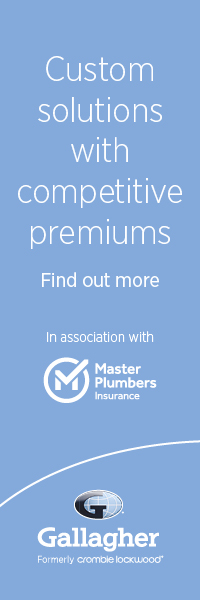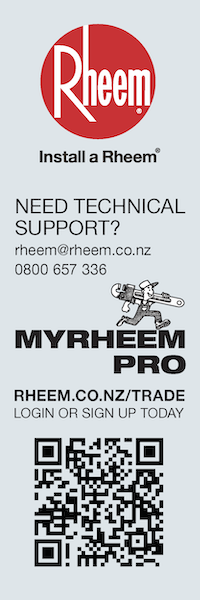5 job costing tips for field service businesses
28 October 2020
 In order to accurately track profit and loss on your jobs and projects, proper job costing is key. Job costing is the process of tracking the materials, labour, subcontractors, equipment and overhead costs involved in completing a project or service.
In order to accurately track profit and loss on your jobs and projects, proper job costing is key. Job costing is the process of tracking the materials, labour, subcontractors, equipment and overhead costs involved in completing a project or service.
Job costing processes may look different from company to company depending on customer requirements and industry standards. However, carefully and accurately monitoring job costs is important no matter what kind of field service business you run.
One of the most efficient ways to properly track job costs is by using a cloud-based software. Field service management software can improve the accuracy of job costing by providing live updates of profitability throughout different stages of work, keeping financials organised and connecting to other parts of the job management process.
Let’s take a look at five ways software can help you with job costing:
1. Create a system to categorise your costs
How do you keep your different costs organised? Does everyone on your team know which costs are billable and which are non-billable? With a software system like simPRO, you can create Cost Centres to organise your expenses and then assign them to a quote or job. By giving your Cost Centres logical names, you can ensure your staff is on the same page and using the same system to categorise costs.
2. Track change orders
When your customer requests additional work outside of the original job scope, do you keep track of the additional labour or materials costs? Even if the requested add-ons seem minor, these changes can add up. By recording each change order and keeping them housed in a single system, it is easy to add the additional costs to be invoiced along with the original estimate totals.
3. Run consistent reports
Do you know where your costs stand in real time? Use software that allows you to schedule regular reports on your work in progress and cost to complete. This way, when you are job costing, you can easily see amounts that have been billed up to a certain point, net margins on a job, overall costs expected, remaining forecasts and other important cost information at any given time.
4. Empower field staff to track labour hours in real time
Are your field staff accurately recording their time spent on a job site? By using a software system that connects with a mobile app for recording information in the field, you can update hours worked in real time to compare scheduled time versus actual time for accurate job costing. When labour hours are updated in real time, it is easier for you to review and update labour costs for your jobs without needing to carry information across different apps or paper timecards.
5. Streamline and improve your estimating
Build out your estimating library with accurate catalogues and pricing from your suppliers, and then create prebuilds and take off templates to create a base schedule of rates (per point pricing). With fit time multipliers and labour-type efficiencies, you can fine tune and systemise your estimates. Then, track original estimated costs, revised estimates and actual costs on jobs to refine your pricing.
If you don’t have consistent processes for job costing, it may take some time to get your staff on board. However, your efforts will greatly pay off. Using a single software system can also make a huge difference in implementing each one of these tips.
Article provided by simPRO and posted with permission.
Visit the simPRO website to learn more about software features for job costing, estimating, billing and other areas of the field service workflow.













































